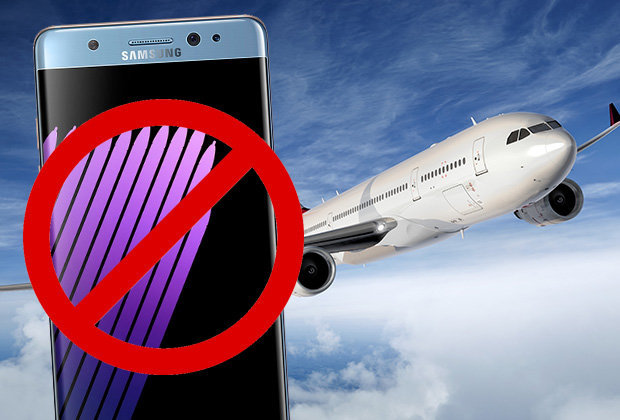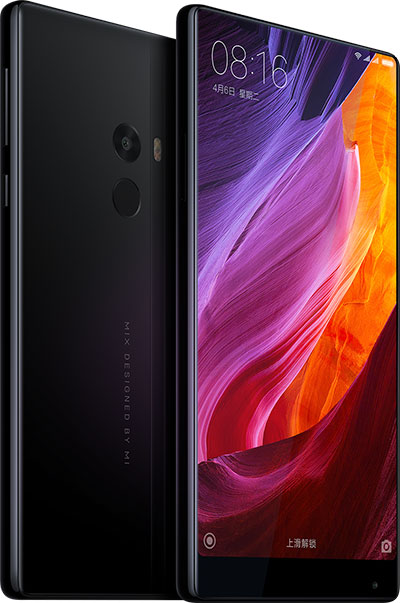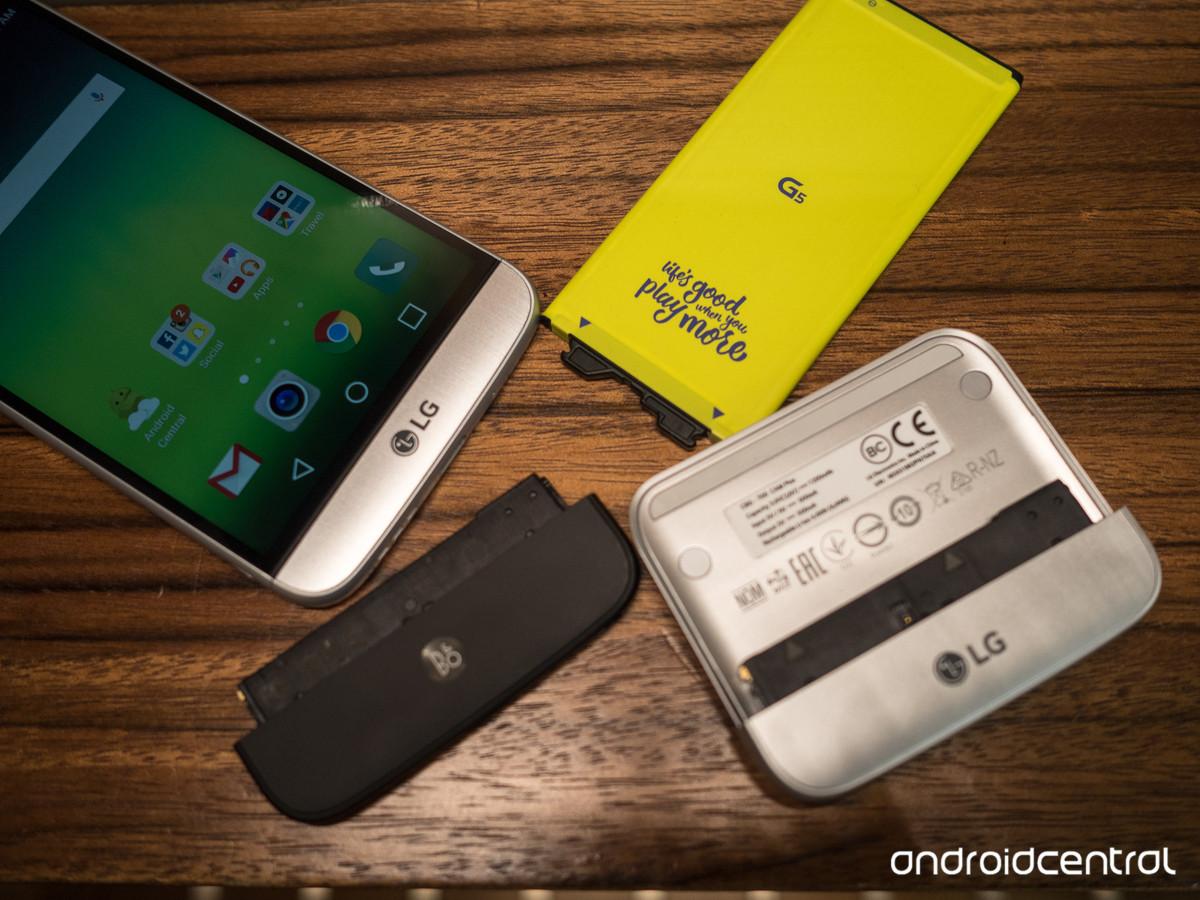
Which is the biggest mobile tech news of 2016?
Vote for the biggest mobile tech news of 2016
2016 has been an explosive year for mobile enthusiasts, and here, we list the most prominent pieces of news from the world of mobile technology.
(Note that these are numbered in no particular order)
From exploding phones to disappearing
They didn’t let me on the plane
Arguably the piece of smartphone news this year that has been the most prominent was the recall of 2.5million Galaxy Note 7’s, Samsung’s flagship device, a mere two weeks after its launch due to exploding batteries. Samsung initially offered replacements, but decided to refund and discontinue the phones altogether after the replacements themselves began to go up in flames.

Picture from Daily Star UK
Hey Apple, Where are my earphones?
Apple set social media abuzz with memes and giggles when the newly announced Iphone 7 was revealed to have no aux cable. Worse yet, the internet was flooded with jokes about losing the new cordless air pods within seconds of buying them, becoming a running quip among apple and android fans alike.

Picture from MashableAsia
The Bezel-less Mi Mix
Xiao Mi’s announcement of the Bezel-less phone, the Mi Mix, got netizens excited for the next step in smartphone design. People are evidently bored of prevailing smartphone models, but there are only a limited number of ways one can design a rectangular slab of metal and glass.
At the same event, Xiaomi also unveiled the Mi Note 2, which looks similar to Samsung’s Note 7, but without the caveat of setting the house on fire.

Picture from The Verge
The Google Pixel
The Google Pixel is Googles newest attempt at breaking into the high-end mobile phone market. The Google Pixel and Google Pixel XL sport a 5.0- and 5.5-inch build respectively, both run on the Qualcomm Snapdragon 821, the Adreno 530 and 4GB of RAM. Both of them pack 32 GB to 128 GB internal memory. The Google Pixel runs on 2,770 mAH, while the Google Pixel XL runs on 3,450 mAH. Pegged at $699 for the lowest-end configuration.

Picture from Made by Google
Google's Pixel Phone Hacked In Under a Minute
Speaking of the pixel, a group of white hat hackers from Qihoo, a Chinese security firm, exploited the phones security flaw in under a minute, bagging a $120,000 bounty from google. The hack left the Pixel vulnerable to outside control, giving hackers’ access to eavesdrop, pick pocket, and utilize the device in botnet attacks.
Oops.

Picture from Cyber Threat Defense Blog
Huawei’s Leica-P9 Combo
Huawei and Leica’s joint announcement on their collaboration on the new 2016 huawei P9 was a big deal this year. The P9 was the smartphone industry’s first serious investment in a dual camera system, one that has since been adopted by apple. The P9 has a traditional 12-megapixel camera, but right next to it is another, monochrome 12-megapixel one. Working together they improve contrast and triple the amount of light information received by the device.

LG-G5 Modular Flop
LG’s announcement that it will be releasing a modular phone in the form of the LG-G5 got nerds and geeks excited for its release. Unfortunately, at the commencement of sale, LG only had two modules available, largely relying on third parties to create more. Later, the LG-G5 was apparently a flop with LG admitting its disappointment with “somewhat slow” sales.

Picture from Androidcentral
Timeline
-
Googles Pixel Hacked
-
Google Pixel launch
-
Mi Mix Launch
-
Samsung Note 7 explodes
-
iPhone 7 launch
-
Huawei’s Leica-P9 Combo
-
LG-G5 Modular Flop




